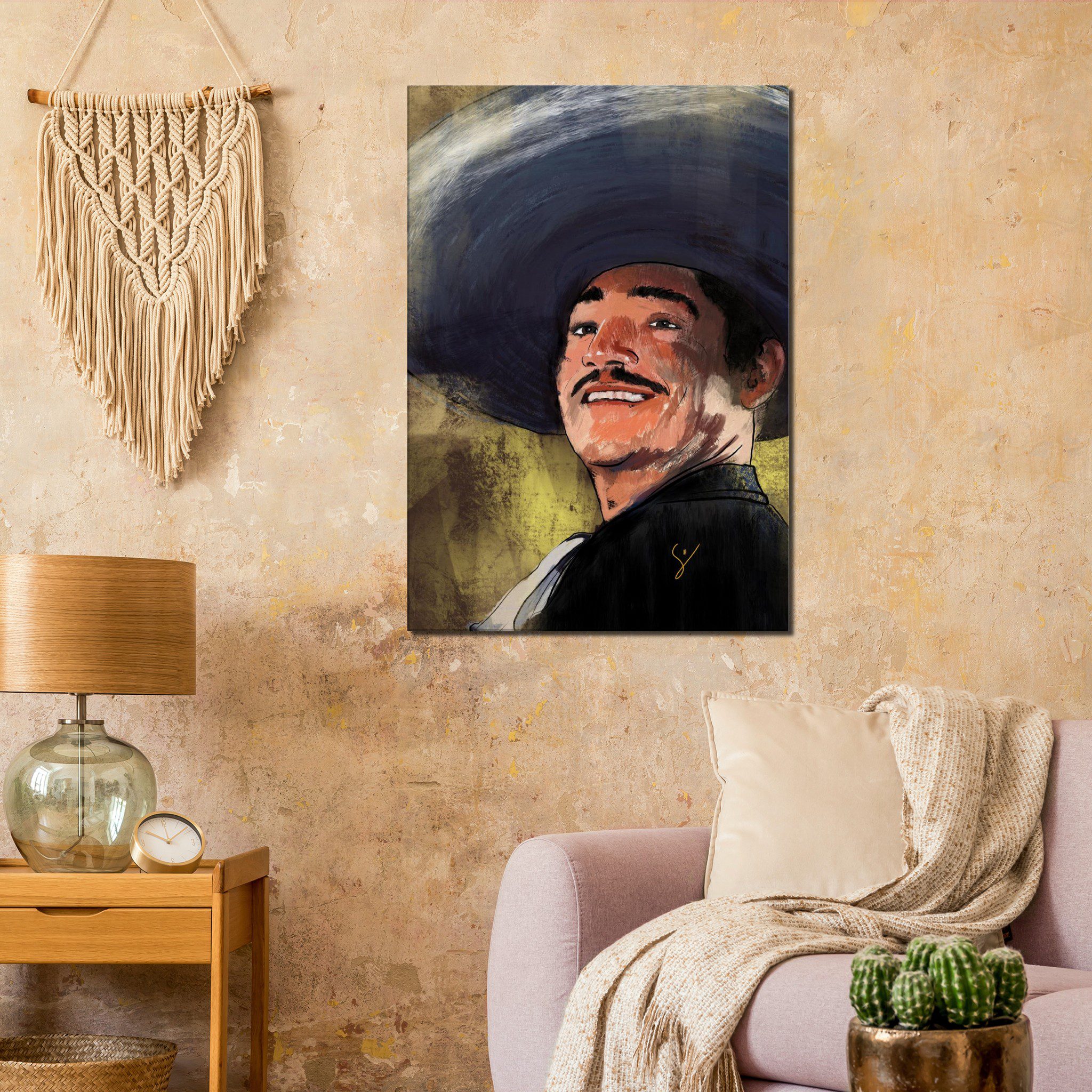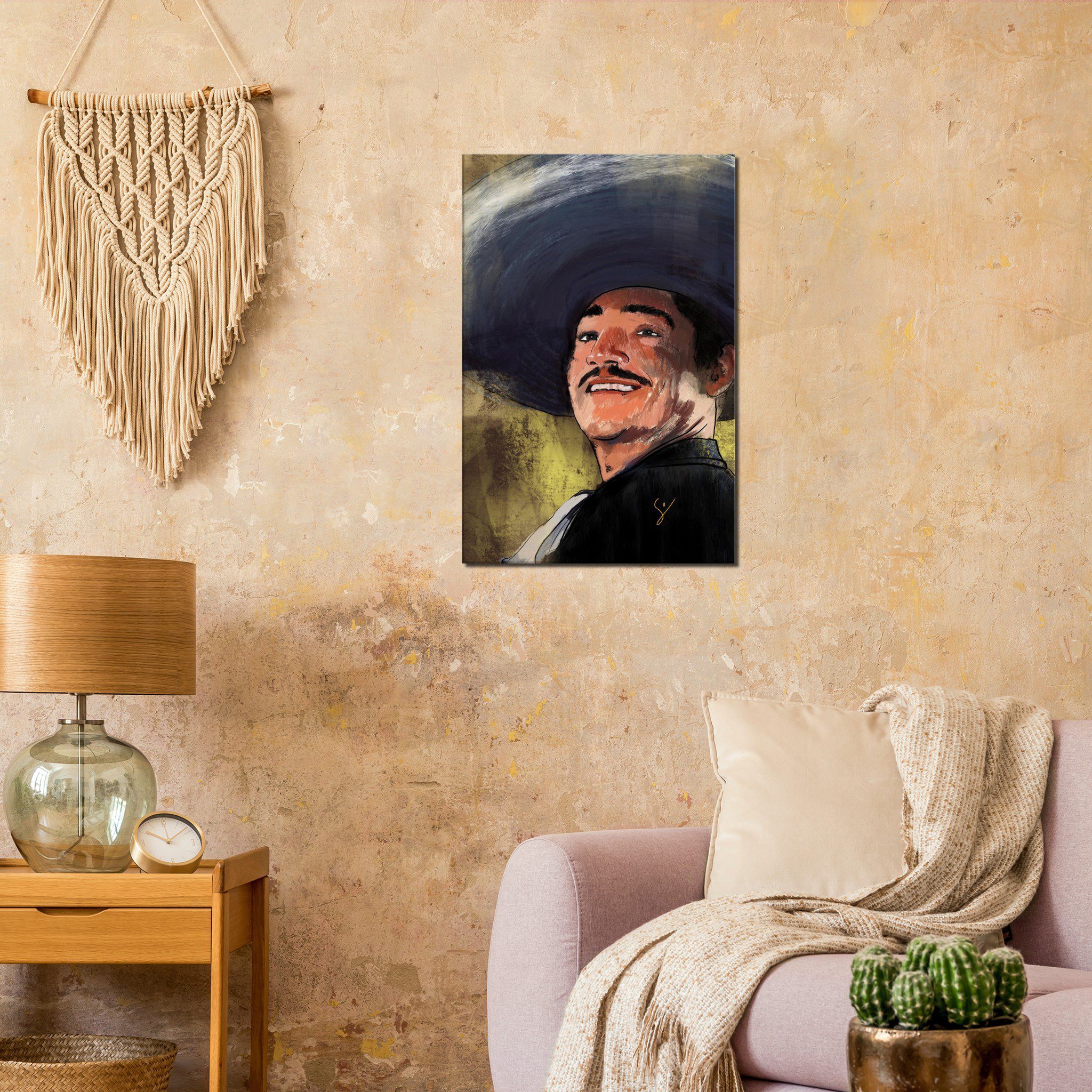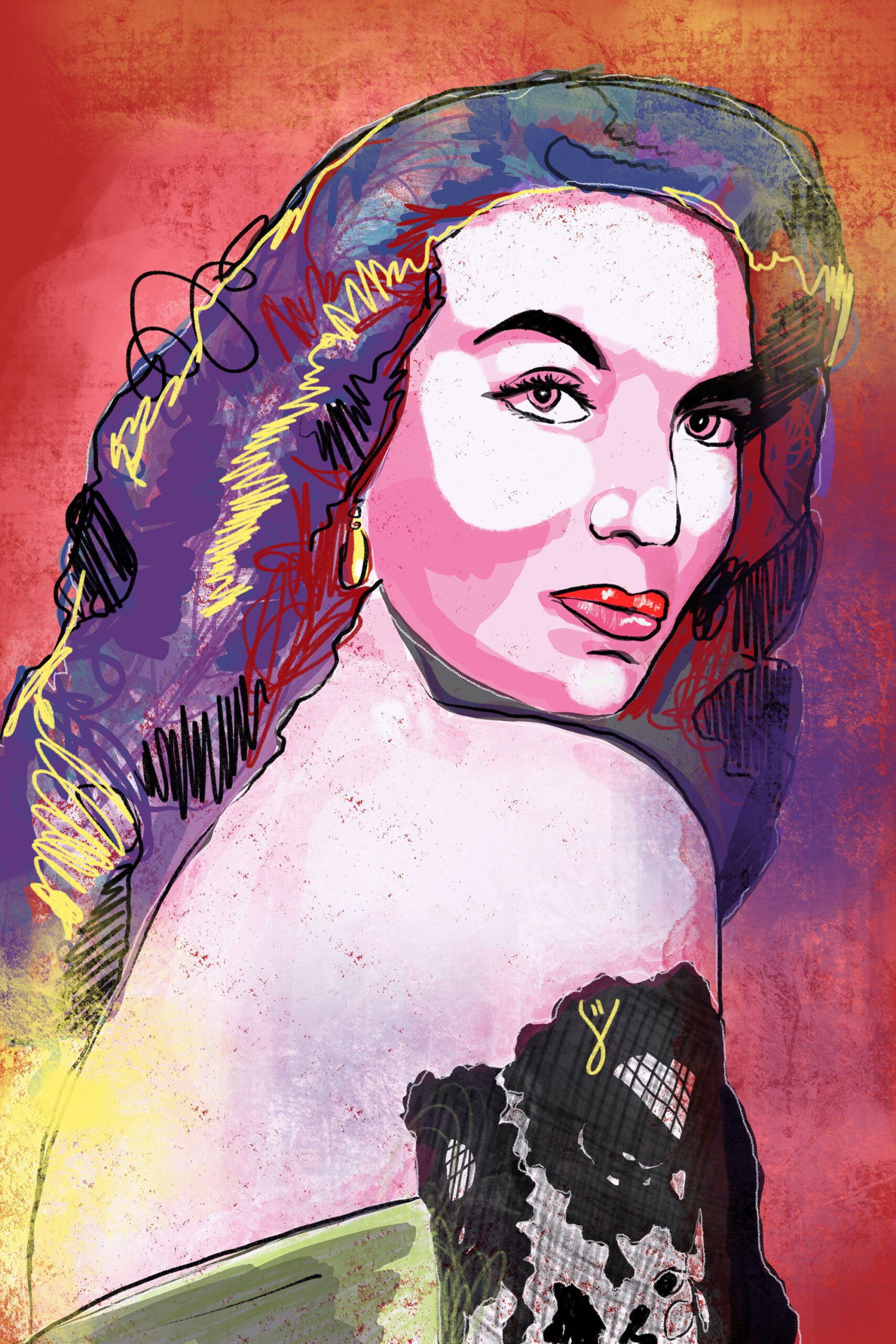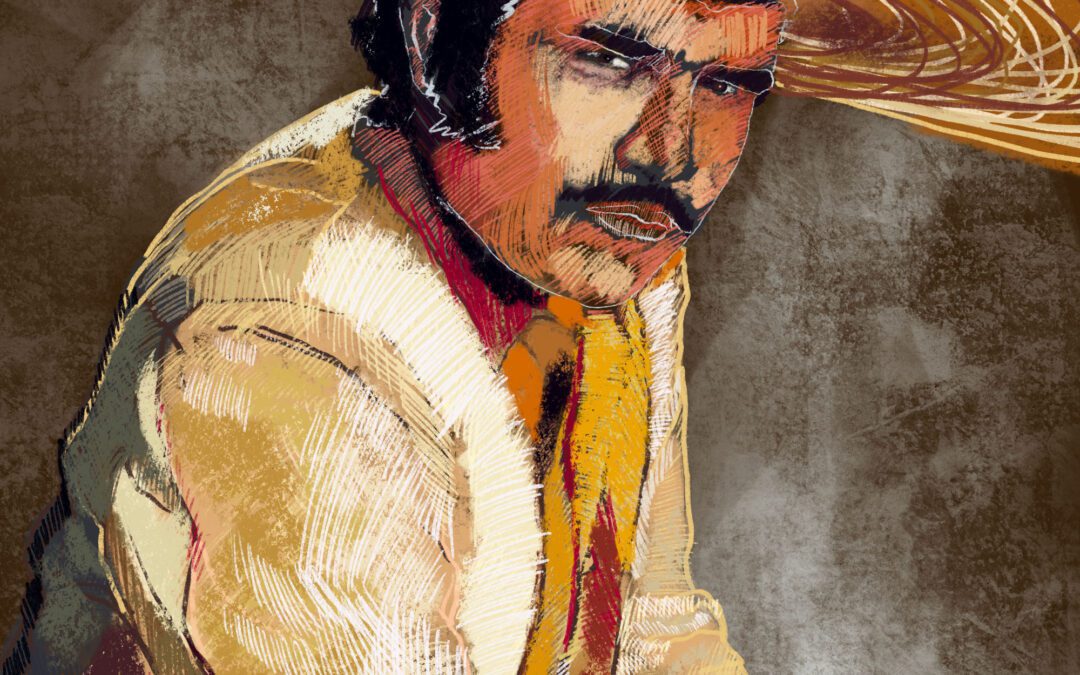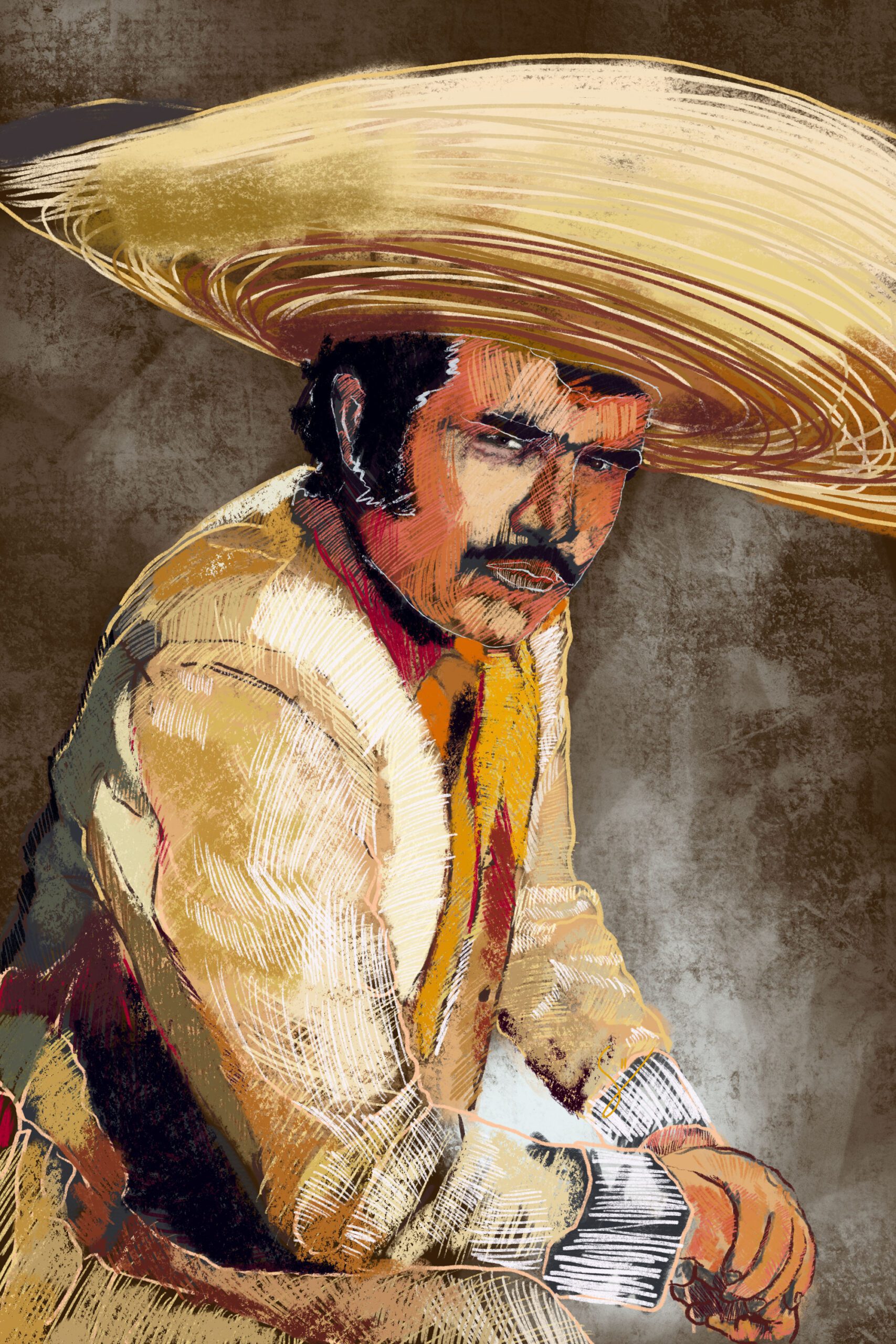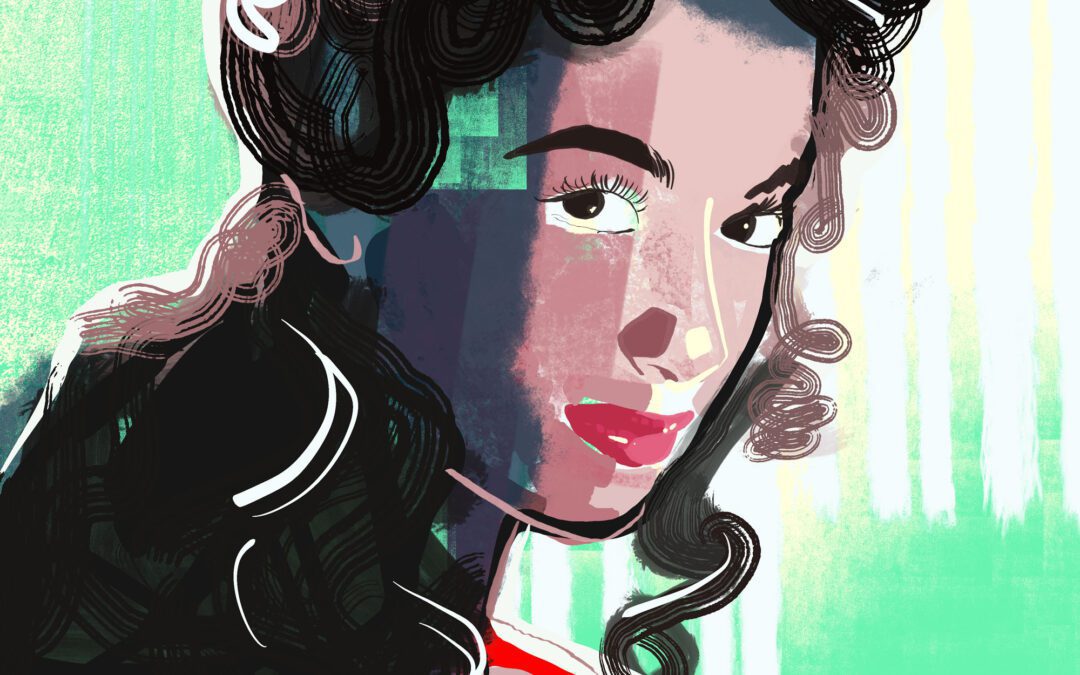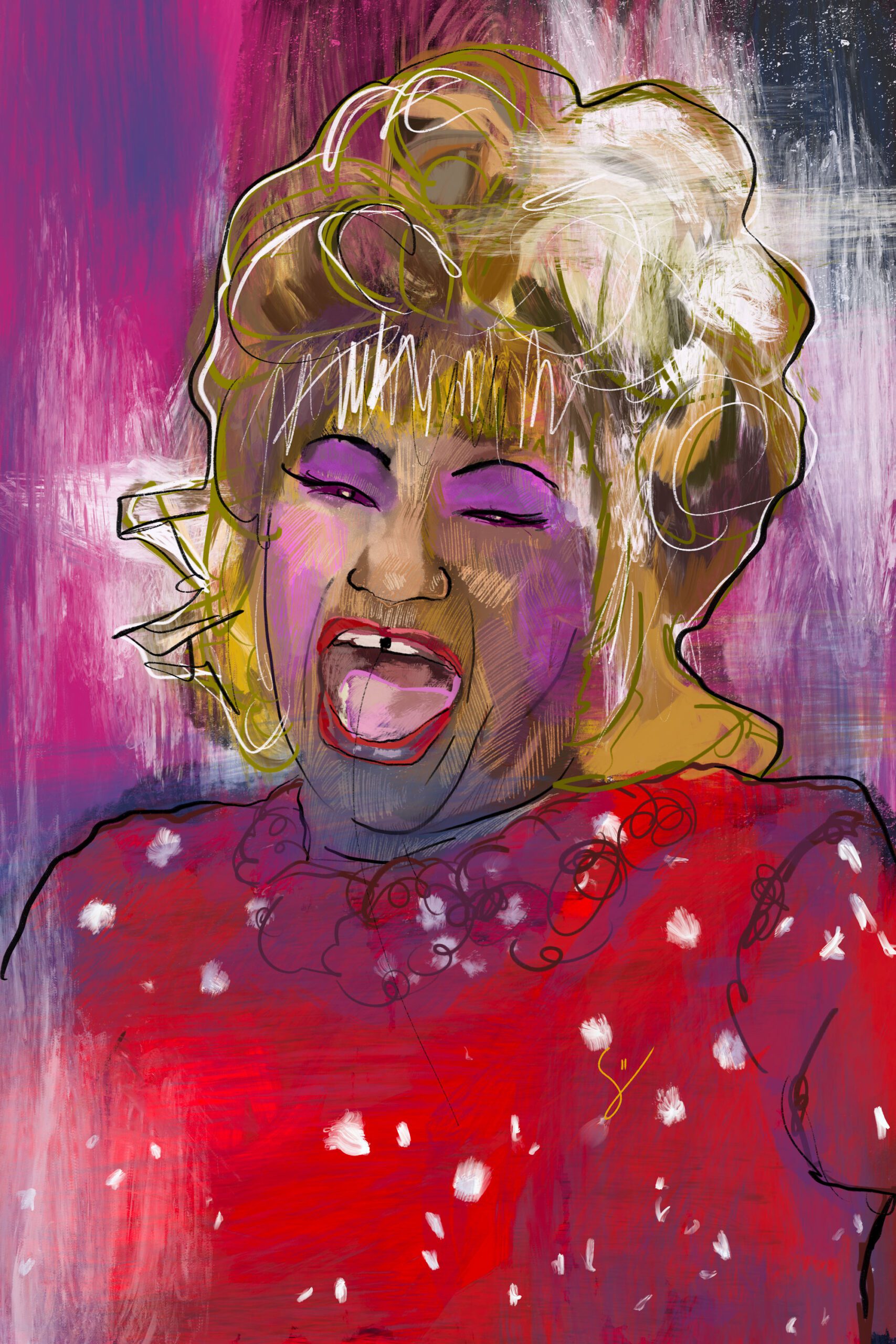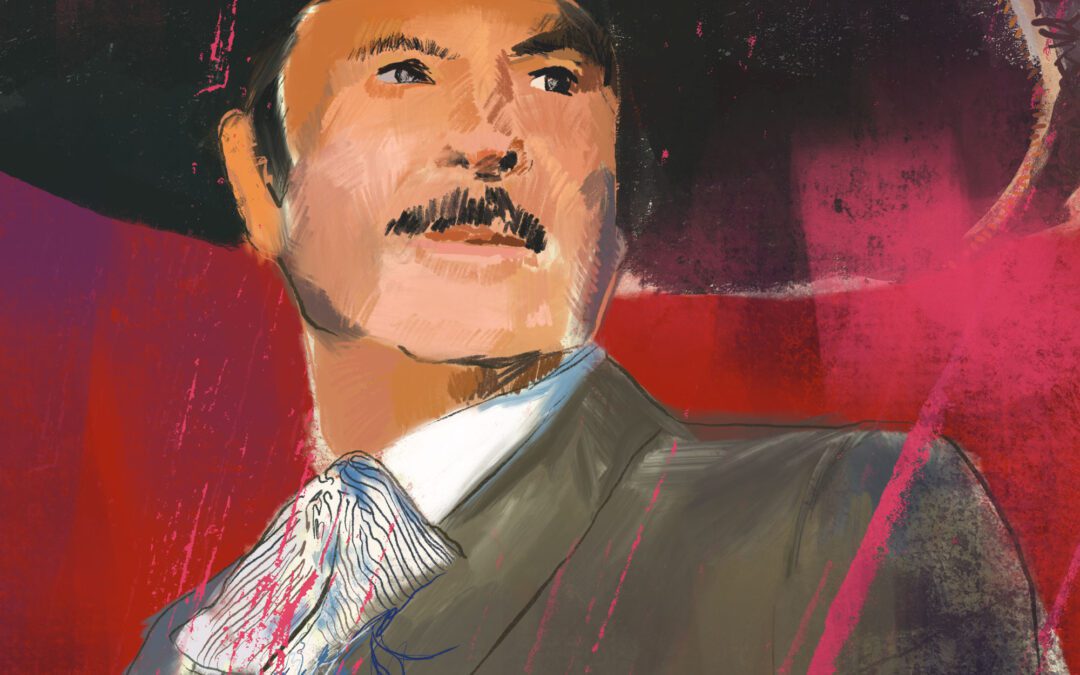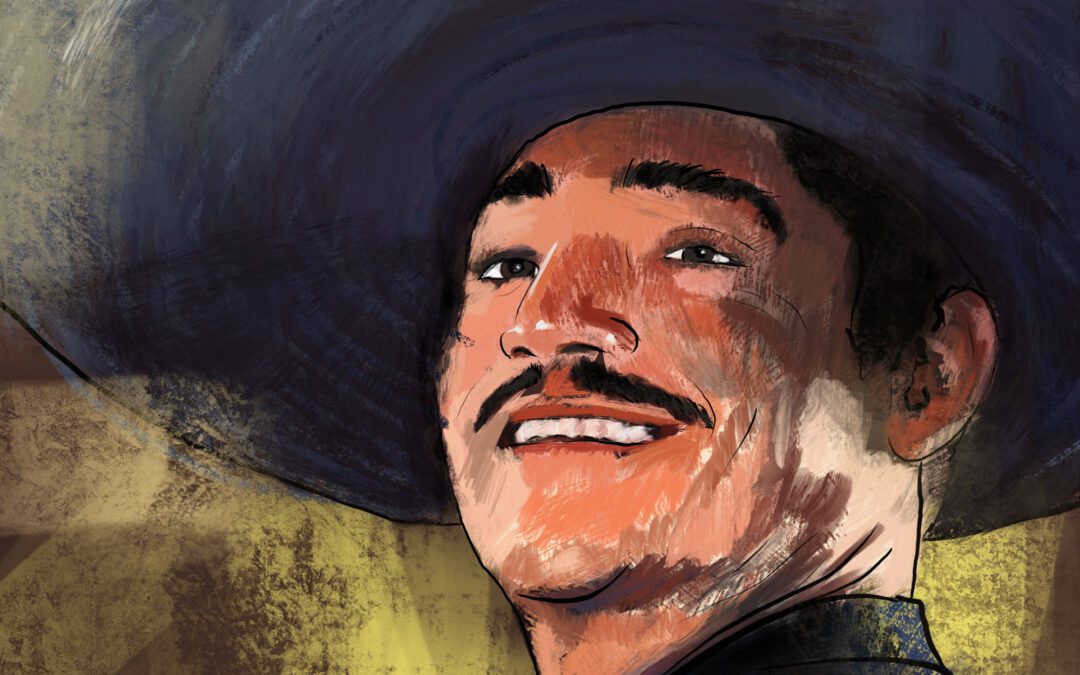
The Mexican Rat Pack: Shaping Mexico’s Golden Age of Cinema
The Golden Age of Mexican cinema, often regarded as a pinnacle of creativity and excellence, was a period marked by the emergence of iconic actors, directors, and production companies that left an indelible mark on the world of cinema. Among the many influential groups that contributed to this era, the Mexican Rat Pack stands out as a unique and charismatic ensemble of actors who not only entertained but also significantly impacted the Mexican film industry and popular culture. In this article, we will explore the remarkable journey of the Mexican Rat Pack and its profound influence on Mexico’s Golden Age of Cinema.
The Birth of the Mexican Rat Pack
In the early 1950s, a group of talented young actors came together, bringing their charisma, talent, and friendship to the forefront of Mexican cinema. These actors, who were often compared to their American counterparts, Frank Sinatra, Dean Martin, and Sammy Davis Jr., soon became known as the “Mexican Rat Pack.” The core members of this group included Pedro Infante, Jorge Negrete, and Javier Solís. Each member possessed a unique set of skills, which collectively created a magnetic and compelling presence on the silver screen.

Pedro Infante: The Heartthrob
Pedro Infante, often referred to as “The King of Mexican Cinema,” was the heartthrob of the Mexican Rat Pack. His handsome looks, powerful voice, and versatility as an actor endeared him to audiences across Mexico and beyond. Infante’s career spanned over two decades, during which he starred in more than 60 films, making him an iconic figure in Mexican cinema. His contributions to the Rat Pack extended beyond his acting talent; Infante was also a gifted singer and musician, regularly serenading his co-stars and the audience.
Infante’s memorable performances in classics like “Nosotros los Pobres” and “Tizoc” showcased his remarkable ability to embody a wide range of characters, from the charming rogue to the sensitive lover. His presence in the Mexican Rat Pack added depth and passion to the group’s cinematic endeavors.
Jorge Negrete: The Dashing Charmer
Jorge Negrete, another luminary of the Mexican Rat Pack, brought a suave and debonair charm to the group. His charisma, refined manners, and impeccable singing voice made him an instant hit with audiences. Negrete’s films often explored themes of love and honor, resonating with the Mexican culture of the time. His portrayal of iconic roles in movies like “Ay, Jalisco, No Te Rajes!” and “¡Que Bonita es mi Tierra!” solidified his status as a beloved actor and singer.
Negrete’s collaboration with Pedro Infante in the film “Dos Tipos de Cuidado” remains a cherished classic and exemplifies the chemistry and camaraderie within the Mexican Rat Pack. Together, they brought a delightful mix of humor and emotion to the screen, capturing the hearts of fans nationwide.
Javier Solís: The Musical Genius
Completing the trio of the Mexican Rat Pack, Javier Solís added a unique musical dimension to the group. Solís was not only a talented actor but also a renowned singer with a soulful voice that resonated with audiences on a profound level. His performances in films like “Tlayucan” and “El Balcón de la Luna” showcased his vocal prowess and emotional depth.
Javier Solís’s presence in the Mexican Rat Pack emphasized the group’s multifaceted talent. His ability to infuse music into their films added a captivating layer to their work, making the Rat Pack’s movies memorable not only for their storytelling but also for their musical compositions.
The Mexican Rat Pack’s Impact on Mexican Cinema
The Mexican Rat Pack’s influence extended beyond their individual talents. Their collective presence in films represented an era of camaraderie and collaboration that defined the Golden Age of Mexican cinema. Their movies were a reflection of the Mexican culture, exploring themes of love, family, and honor, which resonated deeply with audiences of the time.
Moreover, the Rat Pack’s films often featured an ensemble cast, including other notable actors and actresses of the era, such as Sara García, Miroslava Stern, and José Ángel Espinosa “Ferrusquilla.” These collaborations created a sense of community and unity in the Mexican film industry, contributing to its growth and international recognition.
Legacy and Enduring Influence
The legacy of the Mexican Rat Pack endures to this day, as their films continue to be celebrated and cherished by audiences worldwide. Their contributions to Mexican cinema paved the way for future generations of actors and filmmakers, inspiring them to explore diverse themes and genres.
Additionally, the Rat Pack’s influence transcended the silver screen. They became cultural icons, shaping fashion, music, and popular culture in Mexico. Their suave style, impeccable fashion sense, and memorable catchphrases are still referenced and emulated by artists and performers today.
The Mexican Rat Pack, comprised of Pedro Infante, Jorge Negrete, and Javier Solís, played a pivotal role in shaping Mexico’s Golden Age of Cinema. Their remarkable talents, charisma, and camaraderie captivated audiences and left an indelible mark on Mexican culture. Their films continue to be celebrated for their timeless themes and unforgettable performances, making the Mexican Rat Pack a true cornerstone of Mexican cinema history. As we look back on this era, we are reminded of the enduring legacy of these iconic actors who brought joy and inspiration to countless lives through their artistry on the silver screen.

